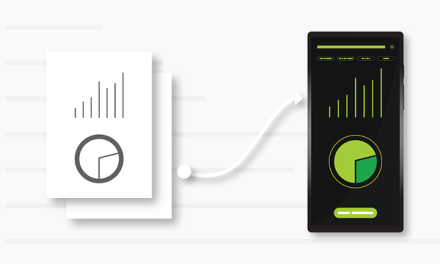The industrial landscape of the US is an extremely impressive thing, built on decades of innovation and hard work. Technological innovations have forever changed the way we live and work, with particular impacts for the convenience of industrial manufacture.
A key component in today’s near-autonomous assembly lines is the sensor, which ‘sees’ and relays information to enable the self-sustenance of a system. One common sensor is the inductive proximity sensor – but how does it work and what is it used for?
How Do Inductive Proximity Sensors Work?
Inductive proximity sensors are complex electrical components, used in a wide variety of industrial and mechanical applications to detect the presence – or absence – of metal materials. Their operation and design alike are relatively simple, though understanding exactly how they operate involves key knowledge in theoretical electrical engineering.
Inductive proximity sensors detect the presence of metal objects via an electromagnetic field, generated in front of the sensor. This is achieved by supplying electricity to an RLC circuit (a resistor, capacitor and inductor coil that together form a resonant electrical circuit) to generate sinusoidal oscillation at a pre-defined frequency.
When conductive materials pass through the field, electrical energy is transferred to the material and lost to thermal energy generated by the material’s electrical resistance. The lost energy is recouped from the field, affecting the amplitude of the oscillation sustaining it. A separate logic circuit called a Schmidt trigger detects when the amplitude falls below a certain point, before switching the sensor’s output on and alerting a system of an object in range.
Application #1 – Position Detection
One of the leading practical applications of inductive proximity sensors is position detection. Where complex industrial systems or processes involve moving mechanical parts, proximity sensors are helpful for ascertaining position information without a clear line of sight to the mechanism or assembly. Manual processes can be undertaken with more certainty, and automated processes can run with failsafes. Another common application in this vein is the detection of materials through a system – as with canning lines for food and beverage producers.
The canning process is a multi-stage one, that incorporates can sanitization and often labeling as well as filling and sealing. Every stage in this process is automated to some extent, whether a small craft beer brewery with a mobile canning unit or a large-scale industrial canning operation. Proximity sensors enable the programs responsible for overseeing certain processes to calibrate and re-calibrate in situ, keeping can distances within tolerance and allowing feed machines to operate optimally.
Application #2 – Gear Tooth Detection
The detection of part movement within an assembly is not just useful for monitoring the location and movement of assembly parts, as with hydraulic pistons or arms. Inductive proximity sensors can also be used to track motion in conveyor systems, by detecting the regular passage of gear teeth.
Application #3 – Foil Seal Detection
Lastly, inductive proximity sensors are used for product safety and integrity checks on production and assembly lines, particularly where food products are concerned. Sensors detect foil seals on lidded products, alerting systems where said seals are absent and ensuring every unit that leaves the production line is safely sealed


![Keto Complete Reviews [AU]: Shocking Scam Report Revealed Must Read Before Buy Australia](https://marylandreporter.com/wp-content/uploads/2022/03/Keto-Complete-1-440x264.jpeg)



Recent Comments